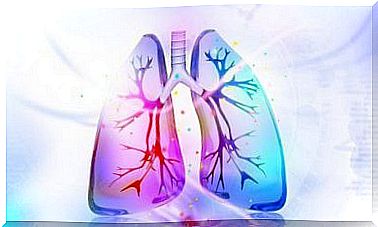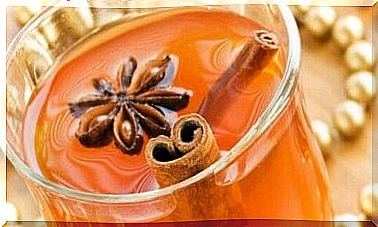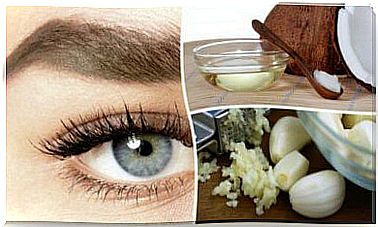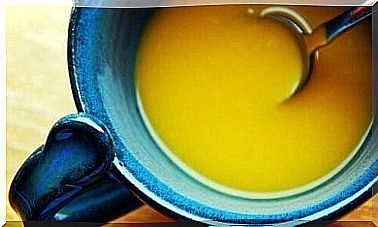7 Dangerous Plants To Avoid At Home
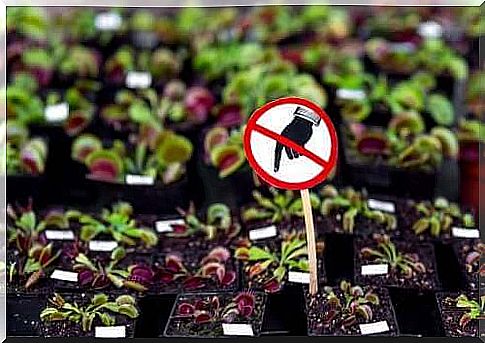
Plants give your home a special touch. They create a natural environment, purify the air and help brighten up any space. However, some dangerous plants can be poisonous, especially to children and pets.
Usually there are labels with plants with advice on how to care for the plant. However, they don’t always warn of the damage they can cause. The people who buy them sometimes have no idea that the plant is dangerous.
It is also possible that during a nice walk outside you see a beautiful plant that you want to take home, without even knowing whether the plant is dangerous or not. Sometimes beauty is a trap that can cause a lot of problems.
Seven dangerous plants to avoid at home
1. Hydrangea

Hydrangeas are very popular plants for home decoration. While their vibrant blue and pink flowers are very eye-catching, they are the most dangerous part of the plant. Chewing a hydrangea flower can cause:
- respiratory arrest
- low bloodpressure
- a high risk of dizziness and fainting
The leaves and stem can also cause these effects, but to a lesser extent. These symptoms are caused by hydrazine, a compound of the cyanide family present in this plant.
2. Lilies
Lilies are very popular flowers that you often see in flower arrangements and decorative flower pots. However, cat owners should avoid them.
There are many different types of lilies, all of which have a negative effect on cats. Some irritate cats’ digestive tracts and cause diarrhea and vomiting. Other varieties of lilies affect their kidneys and can even cause death.
Although research has not yet discovered which substance in lilies causes poisoning in cats, it has been established that just two petals can be fatal.
3. Salvia Divinorum
The biggest risk of salvia is that it is a possible hallucinogen. Salvia Divinorum may surprise many people because it is often confused with common sage, which is edible and has many health benefits.
However, Salvia divinorum has a hallucinogenic compound similar to LSD. Although indigenous Amazonians use it for ritual purposes, its use can cause irreparable damage.
This is because it creates altered states of consciousness and causes hallucinations that sometimes become recurring and permanent. Therefore, if you see ‘salvia’ on the label of the plant, make sure to check that it doesn’t say ‘divinorum’.
4. Brugmansia arborea (angel’s trumpet), one of the most dangerous plants
This plant is a thick and flowering decorative plant. The attractive flowers of this plant hang down like a skirt. They are even more tempting because they have a sweet and pleasant taste. However, this plant is also a psychoactive plant. The flowers cause:
- psychotic episodes
- insane
- paralysis
These flowers can also be fatal. This is because they contain tropane alkaloids, substances that can inhibit the nervous system. These are also present in synthetic drugs.
5. Bougainvillea
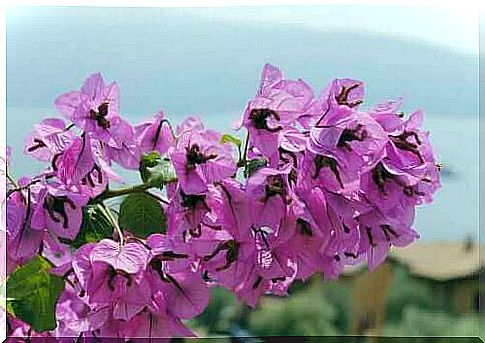
This creeper is dangerous for its cardiotonic effects. You normally see them on the outside of houses, where they climb up the walls. This plant also has very colorful flowers.
The flowers, stem and seeds contain cyanogens and oleandrin, toxins that can affect the heart. If you swallow this plant intentionally or accidentally, a few hours later you will experience:
- arrhythmia and tachycardia
- dizziness
- vomit
- diarrhea
6. Oleander is also one of the dangerous plants to avoid
Also known as Nerium Oleander, this plant has small, delicate flowers making it a favorite indoor and outdoor plant. However, it is a dangerous plant for both humans and animals. Oleander contains glycosides that can cause the following:
- Speed up the heartbeat
- to sweat
- nausea
- vomit
- diarrhea
- breathing problems
It is also dangerous if it comes into contact with the skin. The stem contains a milky substance that can be irritating. Therefore, wear gloves when planting, transplanting or pruning this plant.
7. Sansevieria
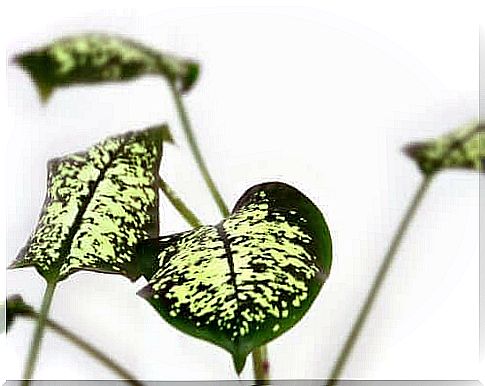
This is one of the most classic indoor and outdoor plants due to its ease of maintenance. However, this plant can cause skin irritation.
This plant is also called ‘mother-in-law’s tongue’ and it is very popular because it is so easy to keep indoors and out. However, this plant contains asparagine, which is an irritant and can cause skin problems in some people. If you chew it, it can cause a sore throat and heart problems.
General recommendations regarding dangerous plants
These dangerous plants are very decorative and easy to find. It is therefore recommended to always handle them with care and keep them out of the reach of children and pets. You should also take other precautions:
- Clean up the leaves and petals that fall from the plant.
- Put labels on the plants that warn of their dangers.
- Wash your hands after touching the plants.
- If you have pets, make sure their water bowls are always full so they don’t drink the water that collects under these plants.
Finally, remember: when considering buying a new plant, do some research beforehand to know if the plant you are considering is dangerous.
